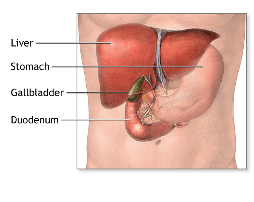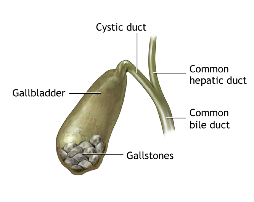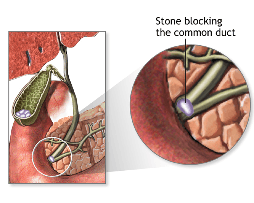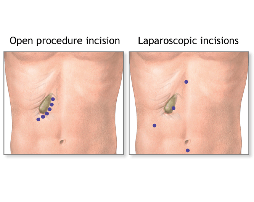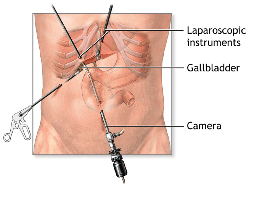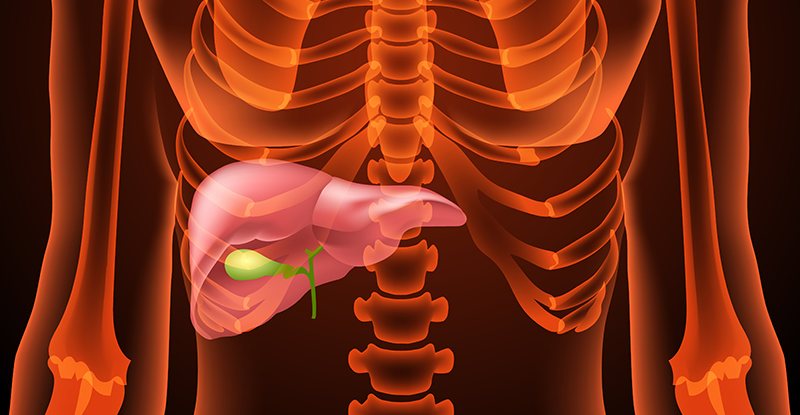
Gallbladder is a small pear-shaped organ located beneath the liver. Its function is to store and secrete bile into the small bowel and help with digestion of food. When substances in the bile form hard particles gallstones are formed. The exact cause for this is unknown.
Surgery is indicated when gall stones cause symptoms (pain, nausea, poor digestion, etc) or result in serious complications such as inflammation and infection of gall bladder (cholecystitis), common bile duct (cholangitis), or pancreas (pancreatitis). Because a defective gall bladder is the source of gallstones, surgery involves its complete removal. Fortunately, having a gall bladder is not essential for a normal life and body adjusts quickly by enlarging the common bile duct in order to store excess bile.
Surgery for removal of the gall bladder, known as laparoscopic cholecystectomy, is commonly performed using minimally invasive approach through four very small incisions (cuts). This approach minimizes pain and other complications and most patients leave the hospital the same day. Patients can expect to fully recover within a few days and return to work within a week. In the first few weeks after surgery, it is advisable to avoid fatty meals (to prevent bloating) while your body is adjusting to your new anatomy.
